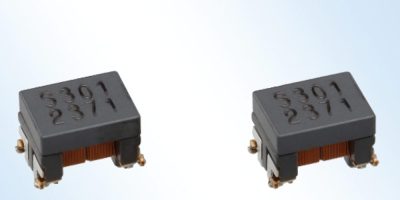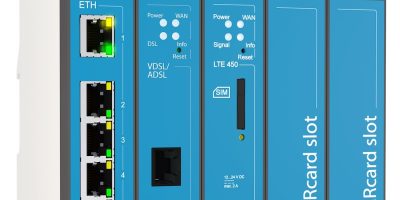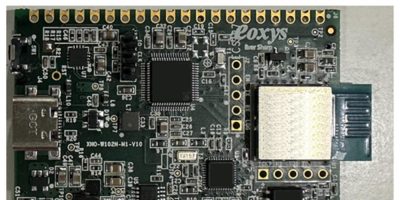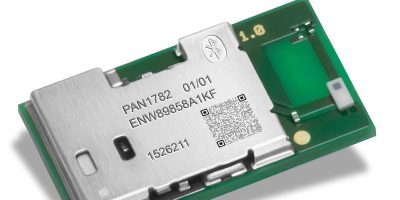Believed to be the industry’s first common mode filter for automotive Ethernet 10BASE-T1S, the ACT1210E series of common mode filters for automotive Ethernet 10BASE-T1S has been developed by TDK.
The filter uses TDK’s proprietary wire winding structure and optimal materials to achieve the industry’s best high S-parameters (Scattering parameters) and a maximum line-to-line capacitance of 10pF, claimed TDK. The operating temperature range is from -40 to +125 degrees C. Laser welding winding wires to the metalising terminals provides high thermal shock resistance and outstanding reliability.
Intended for electronic control units (ECUs) in autonomous vehicles and advanced driver assistance systems (ADAS), the Ethernet telecommunication standards, 10BASE-T1S supports multi-drop topologies which enables multiple ECUs to be connected. It differs from 100BASE-T1 and 1000BASE-T1, which support peer-to-peer telecommunication only. According to TDK, customers are considering shifting from the CAN, CAN-FD and Flex-Ray standards, which are currently commonly used because they support multi-drop connections, to Ethernet systems to achieve a uniformity of standards. The ACT1210E series of common mode filters will contribute to improving the quality of telecommunication and suppressing noise.
TDK has a range of common mode filters for automotive applications, including not only filters that are compliant with the current mainstream CAN, CAN-FD and Flex-Ray protocols but also filters compliant with Ethernet protocols, such as 100BASE-T1 and 1000BASE-T1 for telecommunication speeds of 100Mbits per second and 1Gbits per second respectively.
The common mode filter measures 3.2 x 2.5 x 2.5mm and is in mass production
The filters’ construction is designed to reduce line-to-line capacitance. TDK said that high reliability is achieved by laser welding winding wires to metallising terminals and are compliant with AEC-Q200 Rev. D.
TDK was established in 1935 to commercialise ferrite, a key material in electronic and magnetic products. TDK‘s portfolio features passive components such as ceramic, aluminium electrolytic and film capacitors, as well as magnetics, high-frequency, and piezo and protection devices. The product spectrum also includes sensors and sensor systems such as temperature and pressure, magnetic, and MEMS sensors. In addition, TDK provides power supplies and energy devices, magnetic heads.
Products are marketed under the brands TDK, Epcos, InvenSense, Micronas, Tronics and TDK-Lambda.
TDK focuses on demanding markets in automotive, industrial and consumer electronics, and information and communication technology. The company has a network of design and manufacturing locations and sales offices in Asia, Europe, and in North and South America.







